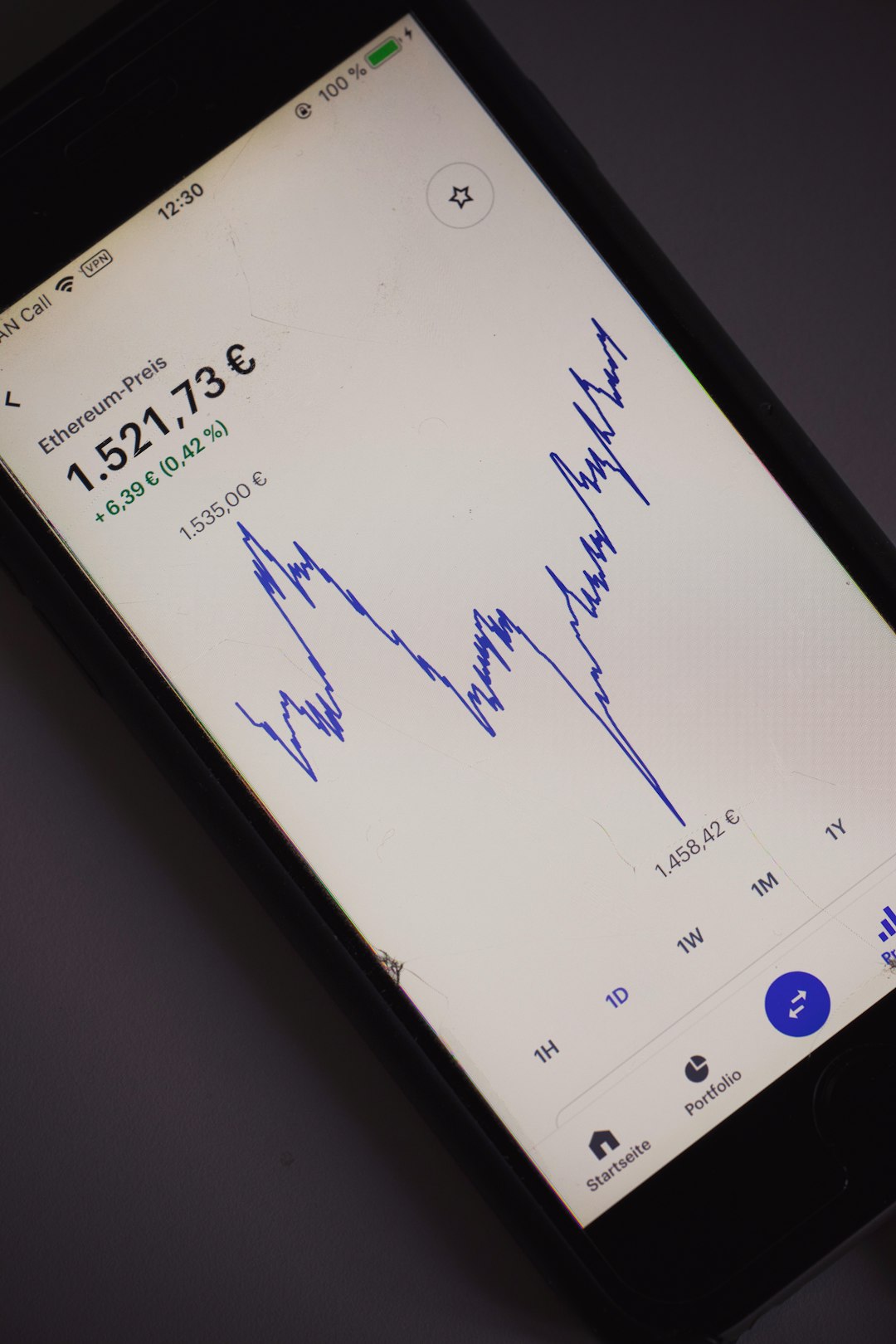
On Tuesday, the U.S. dollar hovered near its highest level in over two years, driven by robust economic data and shifting expectations about U.S. interest rates in 2025. Meanwhile, growing concerns about Britain’s fiscal health have kept the sterling under pressure, while the euro, yen, and yuan also faced downward pressure due to the strengthened dollar.
With President-elect Donald Trump set to take office next week, attention is now on his economic policies, which analysts predict will spur growth but may also add to inflationary pressures.
U.S. Dollar Strengthened by Diminished Rate Cut Expectations
The dollar’s strength is largely attributed to traders scaling back expectations of U.S. rate cuts after strong economic data, with market participants anticipating that interest rates may remain elevated for longer in 2025. The Federal Reserve’s measured stance on further rate cuts, coupled with rising U.S. Treasury yields, has been a key driver behind the dollar’s appreciation.
Interest Rate Expectations:The latest batch of economic data, including strong payrolls and inflation concerns, has led to a reevaluation of the Fed’s policy outlook.
Traders are increasingly betting that the Fed will be more cautious in cutting rates than previously anticipated, which has provided support to the dollar.
Impact on Other Currencies:The stronger dollar has put pressure on other major currencies:
Euro: The euro rose 0.2% to $1.0263, after touching $1.0177 earlier in the week, its lowest point since November 2022.
Sterling: Investors continue to worry about the UK’s fiscal health, contributing to a weakened pound.
For a deeper understanding of U.S. Treasury yields and how they relate to the dollar, you can explore the U.S. Treasury Yields API.
The Tariff Debate: A Key Factor in the Dollar’s Performance
Amid all this, the market’s attention has once again turned to the possibility of U.S. tariffs being gradually raised under Trump’s administration. A recent media report suggested that the U.S. could take a measured approach to implementing tariffs, which could impact global trade dynamics and inflation expectations.
Key Developments to Watch:
Scott Bessent’s Nomination:Scott Bessent is set for his nomination hearing as U.S. Treasury Secretary this Thursday. Investors are keen to hear his stance on key issues:
U.S. fiscal outlook
Dollar policies
Tariffs and trade
Potential impact on inflation
Bessent is expected to advocate for fiscal responsibility and potentially use tariffs as a negotiation tool to reduce deficits, which could have significant implications for both the U.S. economy and global markets.
U.S. vs. Eurozone: Diverging Monetary Policies
The U.S. dollar’s dominance has been further strengthened by the ongoing monetary policy divergence between the Federal Reserve and the European Central Bank (ECB). With the Fed adopting a more hawkish stance, particularly in light of inflation risks and tariff policies, the euro has struggled to keep up.
Euro Performance:The euro fell more than 6% against the dollar in 2024, as markets adjusted to the challenges posed by tariffs, economic uncertainties, and differing monetary policy paths between the U.S. and the Eurozone.
For real-time insights on foreign exchange (forex) rates, the Forex Daily API provides up-to-date market data, offering a deeper view of currency fluctuations, including the euro-dollar exchange rate.
Conclusion: All Eyes on Trump’s Policy Moves and Global Currency Markets
As we head into 2025, the U.S. dollar’s recent strength is likely to continue as investors recalibrate their expectations for interest rates, tariffs, and overall economic growth. The upcoming nomination hearing of Scott Bessent could shed more light on the future direction of U.S. fiscal and monetary policies. Additionally, the Eurozone’s struggle to match the Fed’s hawkishness highlights the challenges facing the euro in the current environment.
With tariffs remaining a central topic, global currency markets will likely remain volatile, as both inflationary concerns and interest rate expectations continue to shape the outlook for the U.S. dollar and its major counterparts.

